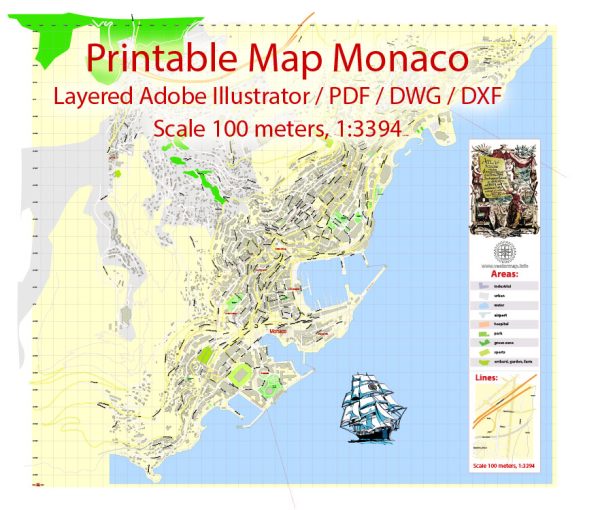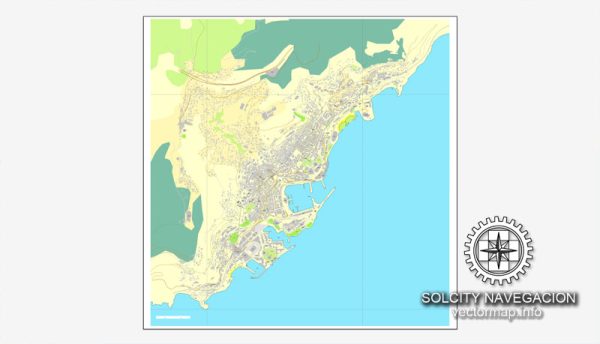Monaco, a tiny sovereign city-state located on the French Riviera in Western Europe, has a unique and fascinating history of urban development. Despite its small size (it is the second smallest country in the world after Vatican City), Monaco has managed to become a symbol of wealth, luxury, and glamour. Here’s a brief overview of Monaco’s history of urban development:
- Early History: The area that is now Monaco has a history dating back to ancient times, with evidence of human habitation going back to the Paleolithic era. However, Monaco’s modern history began in the 13th century when the Grimaldi family, led by Francesco Grimaldi, captured the Rock of Monaco in 1297. The Grimaldis have ruled Monaco ever since.
- Rise of Monte Carlo: Monaco’s urban development gained momentum in the 19th century when Prince Charles III decided to develop a new district called Monte Carlo. This area, named after Prince Charles III, became famous for its casino, which opened in 1863, and attracted wealthy tourists and gamblers. The construction of luxurious hotels, such as the Hotel de Paris, followed, turning Monaco into a fashionable destination for Europe’s elite.
- Land Reclamation: Due to its limited size, Monaco faced challenges in accommodating its growing population and expanding infrastructure. To address this, the rulers of Monaco initiated ambitious land reclamation projects. The most notable of these projects was the creation of the district of Fontvieille in the 1970s and 1980s, where a significant portion of the land was reclaimed from the sea.
- Modern Architecture and Skyline: Monaco’s skyline is characterized by a mix of modern and Belle Époque architecture. The city-state boasts high-rise buildings, luxury apartments, and iconic structures like the Fairmont Hotel and the Tour Odeon. The skyline is a testament to Monaco’s commitment to contemporary urban development while preserving its historical charm.
- Transportation Infrastructure: Monaco has invested in developing a sophisticated transportation infrastructure. Despite its small size, it has a dense network of roads, including the famous Grand Prix circuit, and a comprehensive public transportation system. The country has also made efforts to promote sustainable transportation, such as electric buses and car-sharing initiatives.
- Sustainable Development: In recent years, Monaco has placed a strong emphasis on sustainable urban development. The government has implemented initiatives to reduce carbon emissions, increase green spaces, and promote environmentally friendly practices. This commitment aligns with Monaco’s reputation as a global leader in environmental stewardship.
- Population Density and Housing: Monaco has one of the highest population densities in the world. The demand for real estate is exceptionally high, leading to the construction of high-rise residential buildings and luxury apartments. The real estate market in Monaco is known for its exclusivity and high property values.
In summary, Monaco’s history of urban development is a story of strategic planning, ambitious projects, and a commitment to maintaining a balance between modernity and tradition. The city-state has successfully transformed itself into a glamorous and cosmopolitan destination while preserving its historical and cultural heritage.



 Author: Kirill Shrayber, Ph.D.
Author: Kirill Shrayber, Ph.D.